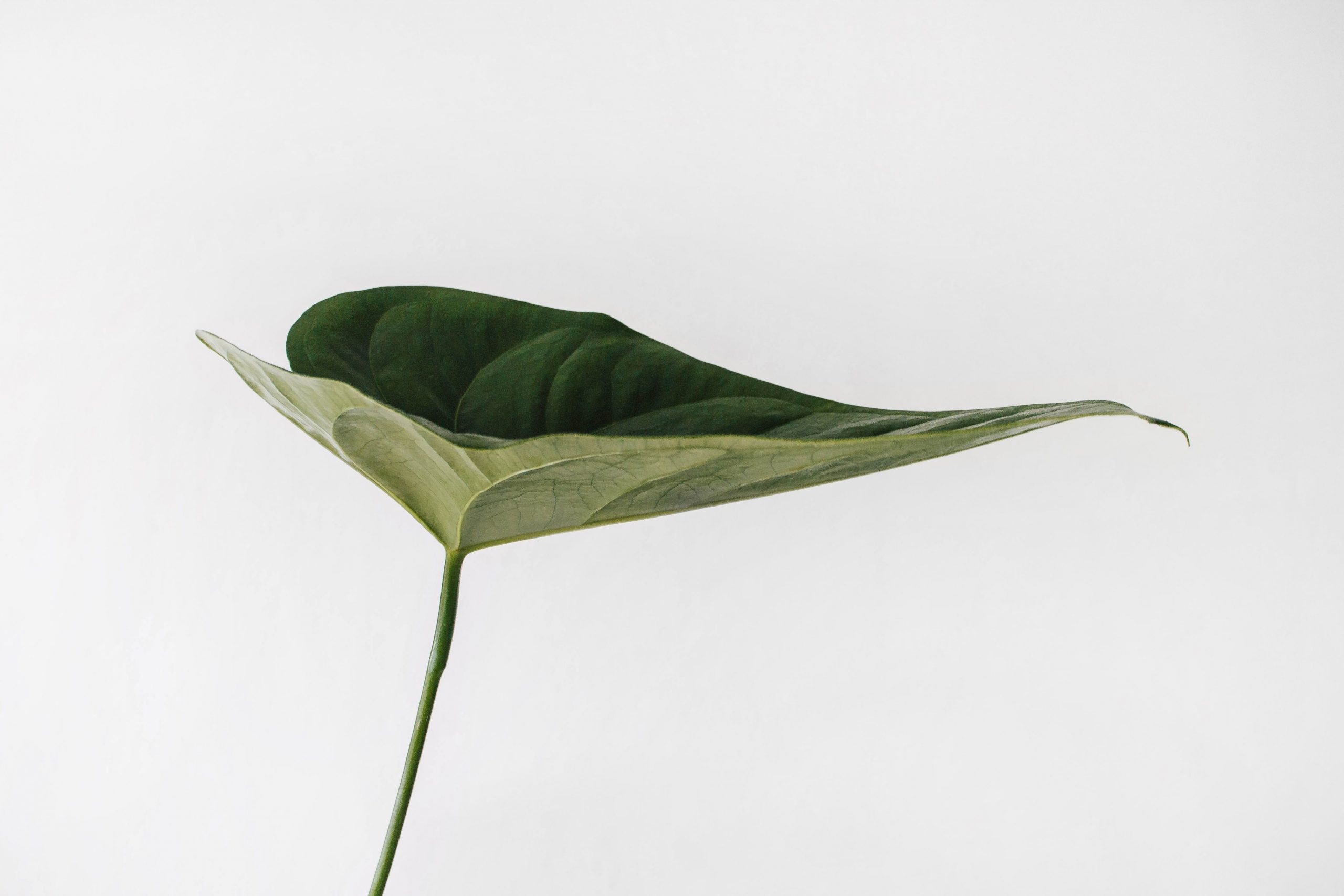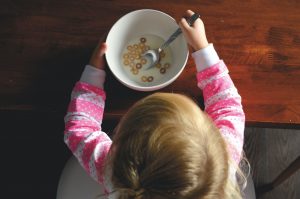Betel leaves provide numerous restorative and mending health effects, according to Ayurveda. Here’s how to eat paan in the heat.
Betel leaf, also known as paan, is revered in Indian culture and is used in religious events, marriages, and poojas. The heart-shaped leaf is recorded as early as the sixth century in the Skanda Purana. Paan, or betel leaf, is claimed to have been one of the items that emerged from the churning of the oceans by devas and asuras during Samudra Manthan.
Also Read|COVID-19 increases risk of type 2 diabetes by 28%: Study
Paan, also known as Istanbul, tamalapaku, nagavalli, and nagarbel, is a traditional after-meal snack due to its pungent and potent flavour, which acts as a natural mouth refresher. Paan is well-liked for a reason.
Betel leaves, according to Ayurveda, provide numerous medicinal and other health advantages. Betel leaves provide numerous restorative and mending health effects, according to Ayurveda.
The betel leaf, also known as paan, is abundant in water and low in calories. It also has low-fat content and moderate protein content. It is also claimed to be high in iodine, potassium, vitamin A, vitamin B1, vitamin B2, and nicotinic acid, among other nutrients.
Dr Dixa Bhavsar, an Ayurveda expert, took to Instagram to share the many advantages of paan, or betel leaf.
“It is widely used in the treatment of cough, asthma, headache, rhinitis, arthritic joint pain, anorexia, etc. It relieves pain, inflammation, and swelling. It is best used in Kapha disorders,” says the expert.
“The leaves are full of vitamins like vitamin C, thiamine, niacin, riboflavin, and carotene and are a great source of calcium. Since betel is an aromatic creeper, you can easily grow it as an ornamental plant in your homes and derive the maximum health benefits from the same,” she adds.
Also Read|Suffering from diabetes? Be wary of this fatal leg condition
Dr Bhavsar also discusses the Ayurvedic medicinal properties of the betel leaf.
Rasa (taste) – Tiktha (bitter), Katu (pungent)
Vipaka (post-digestive effect) – Katu (pungent)
Virya (potency) – Ushna (hot)
Guna (qualities) – Kshara (alkaline)
Laghu (light to digest).
If you don’t like to chew paan but still want to enjoy its powerful flavour and reap its many benefits, here’s a recipe for a mouth-watering paan shot that’s also great for summer.
“Paan is hot but paan shots are cooling as they contain gulkand, coconut, and fennel seeds. So sip in these paan shots and keep the summer heat at bay,” the expert says.
Also Read|Vitamin C insufficiency can cause health problems, how to improve intake
Here’s everything you need:
4 paan (betel leaves) torn into small pieces
4 tsp gulkand
1 tsp fennel seeds
1 tsp grated coconut
1 tbsp rock sugar/misri (optional)
1/4th cup water
Also Read|5 foods to help you sleep better at night
Recipe:
* To begin, add the pieces of paan to the mixer. Then add all of the remaining ingredients, except the water, and blend for a few seconds.






